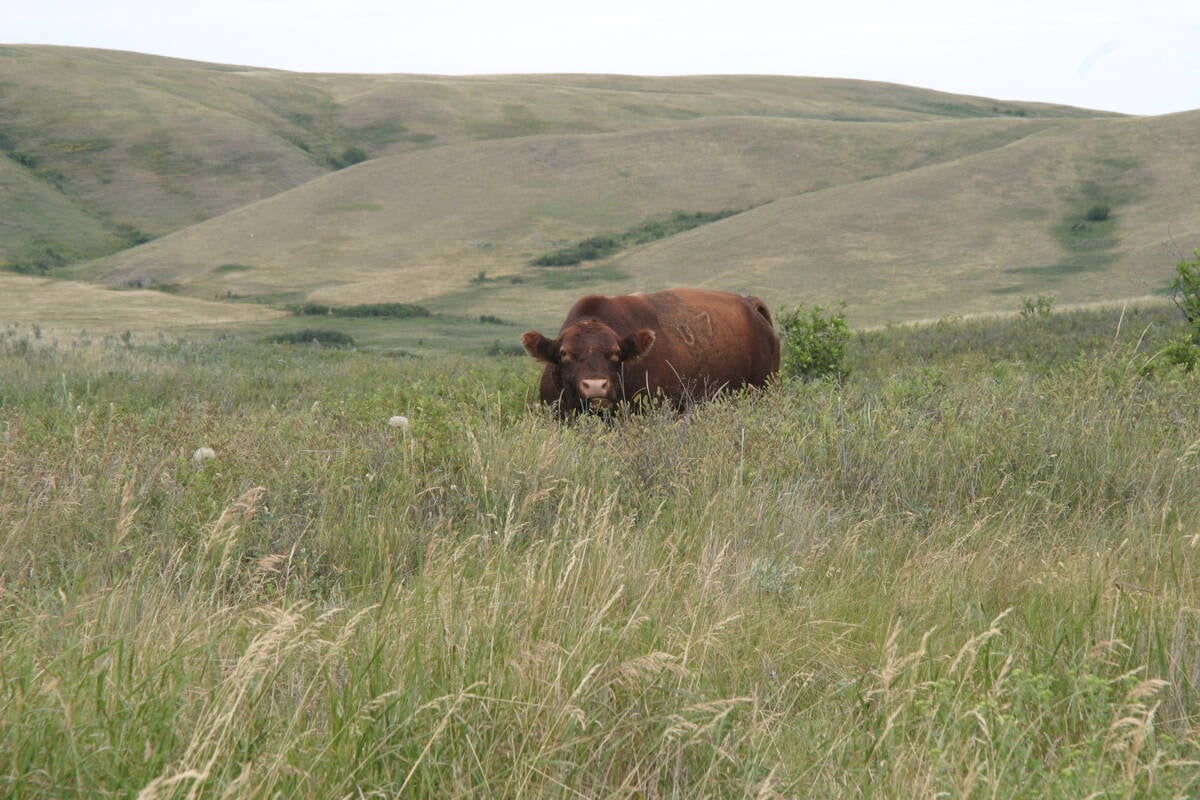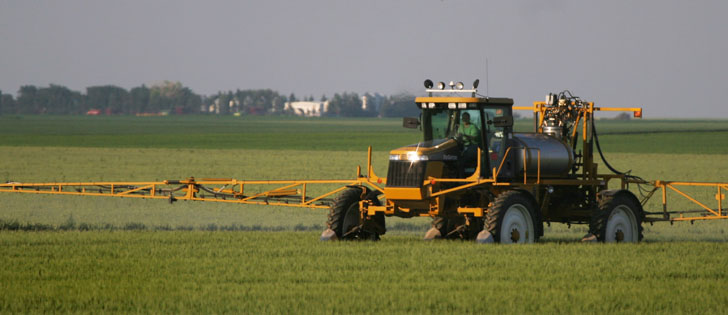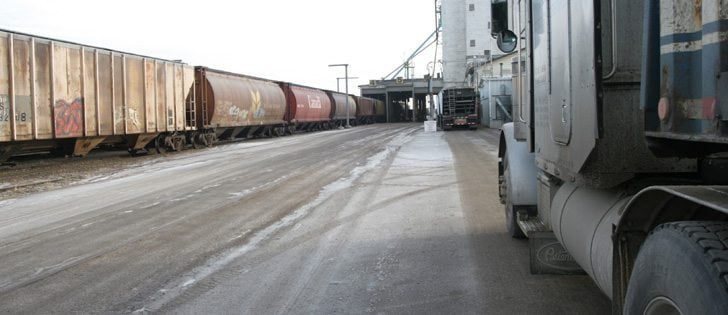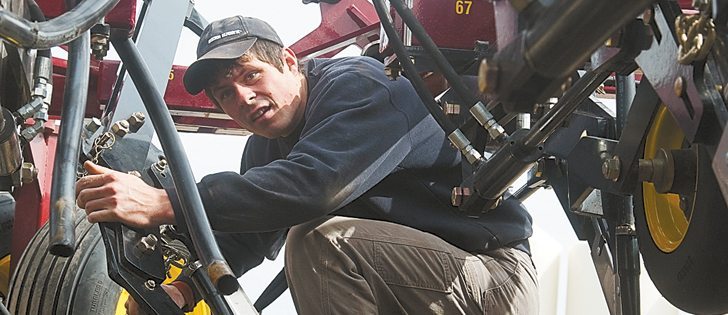Even as rural populations increase, the gap between the numbers of rural and urban residents continues to widen across Canada.
The 2011 census data released Feb. 8 shows a trend that doesn’t surprise Ray Bollman, who recently retired from the rural research group at Statistics Canada and serves as adjunct professor at the University of Saskatchewan.
“Almost always, urban grows faster than rural,” he said.
Canada’s population topped 33.47 million people in 2011, but only 18.9 percent of them live in rural areas. Although the country overall saw a 5.9 percent growth rate, the rural growth rate was 1.1 percent.
Read Also

Saskatchewan puts crown land auction on hold
Auctions of Saskatchewan crown lease land are once again on hold.
Statistics Canada said the proportion of people living in rural areas has steadily declined since 1851, when nine in 10 lived in rural areas.
The percentage fell below half nationally between 1921 and 1931; only Prince Edward Island and Nunavut still have a majority of rural residents.
The agency defines rural as areas with fewer than 1,000 people and fewer than 400 people per square kilometre.
On the Prairies, Saskatchewan has the highest percentage of rural population at 33.2 percent, down slightly since the 2006 count. The province saw overall negative growth rates in the previous two census counts but turned that around to see a 6.7 percent growth rate in the last five years.
Saskatchewan’s population is 1,033,381, and 343,398 live in rural areas.
Alberta features the highest growth rate of all provinces at 10.8 percent. Its population is now 3,645,257, but its rural population is below the national average at 16.9 percent.
The census indicates that Manitoba’s population growth rate was 5.2 percent between 2006 and 2011, putting its total at 1,208,268 people. Its rural population is 27.6 percent.
Bollman said the good news is that rural areas aren’t losing people.
Each census period, some rural areas actually gain enough people to move out of the rural category and into urban, he said.
Rural population is not farm population. Farm numbers will be released with the agriculture census in May.
Saskatchewan premier Brad Wall said he wasn’t particularly worried about the lower rate of growth in rural areas.
He said rural areas are drawing more people because of the economic opportunities in the province’s re-source-based economy.
Dave Marit, Saskatchewan Association of Rural Municipalities president, said many farmers choose to live in towns or villages so rural municipality populations are down slightly.
“From our side, we don’t really think it is affecting anything because the land still has to be serviced.”
Roads have to be built to accommodate agriculture and resource development, he said, to get workers to their jobs.

















